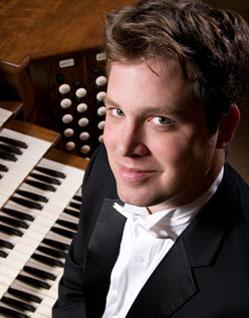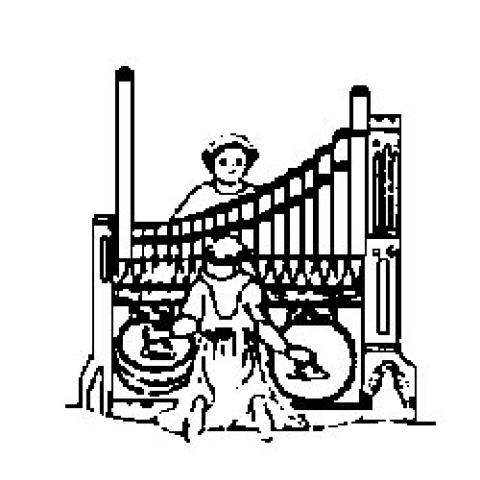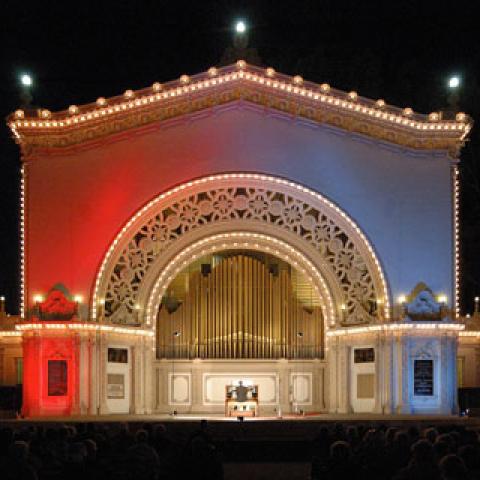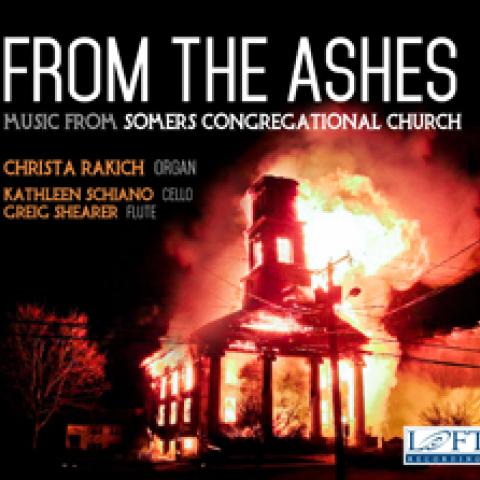
THE DIAPASON
Gregory Hand is featured on a new recording, William Bolcom Complete Gospel Preludes, on the Naxos label (8559695). Recorded on the Skinner organ at Rockefeller Memorial Chapel, Chicago, the CD is the only complete recording of Bolcom’s four books of Gospel Preludes. Hand is assistant professor of organ at the University of Iowa. He holds a DMA from the University of Michigan, where he studied with James Kibbie. For information: www.naxosusa.com.







